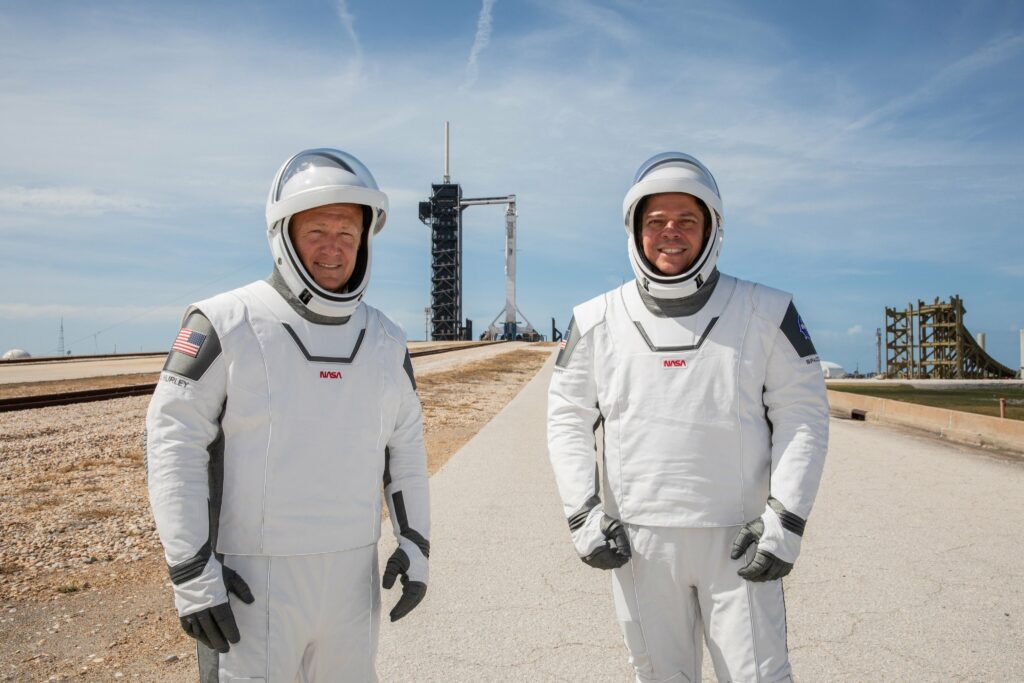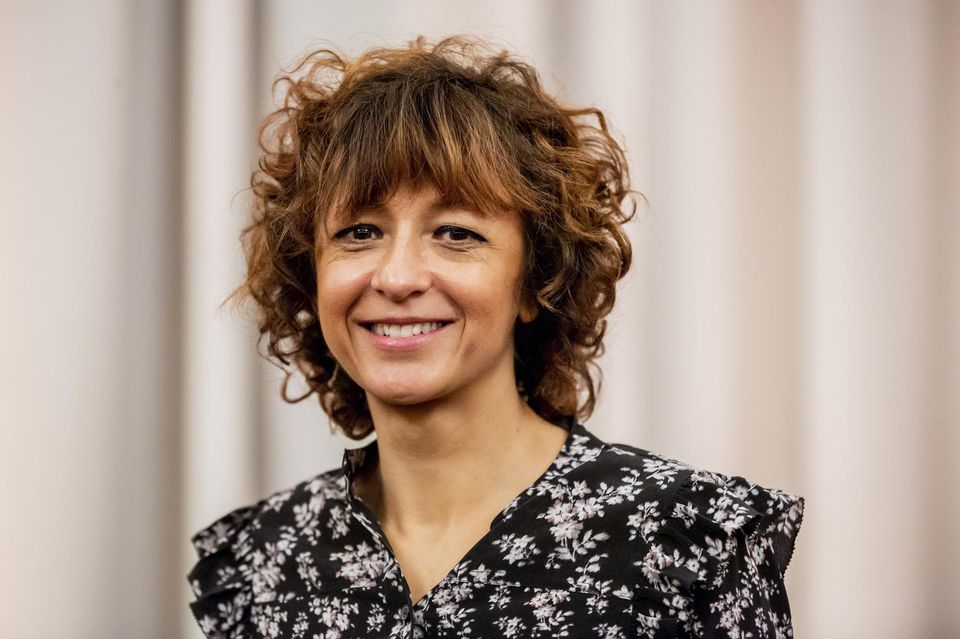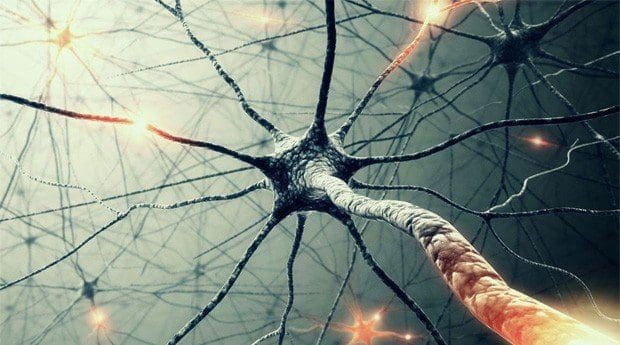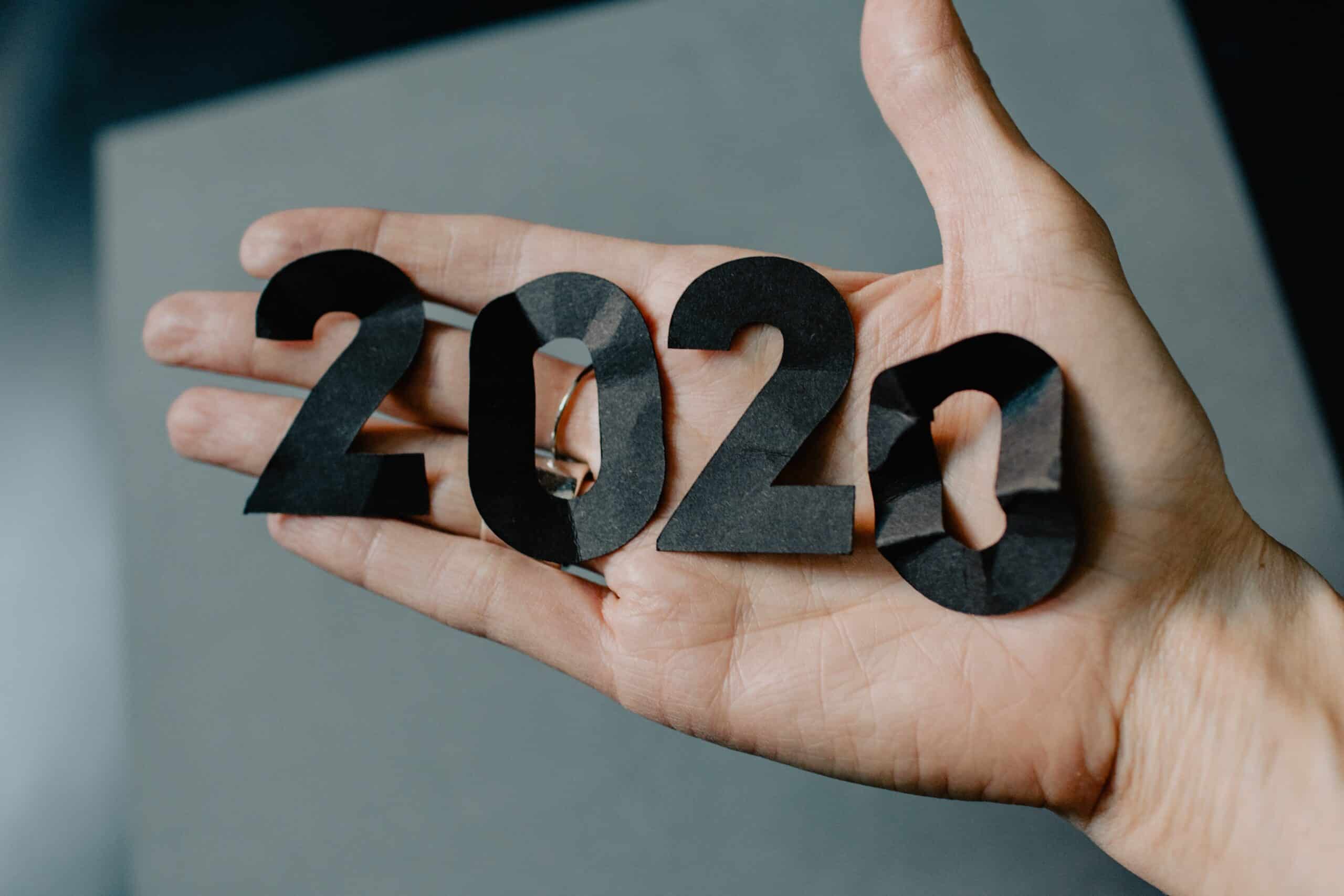The damn Covid-19 catalyzed most of the attention and scientific efforts of 2020 - but there were still big wins.

We'll talk about neuroscience later, but I'll tell you that it wasn't just that. The pandemic did not stop the space race, for starters. Two astronauts they launched on the International Space Station (returning safe and sound) at a turning point for commercial space travel. NASA has released dozens of findings on how space travel changes our bodies, paving the way for keeping us healthy in orbit, or someday, on other planets.

On Earth, scientists have brought out the genius CRISPR from the lamp, winning a Nobel and changing the history of genome editing. Artificial intelligence and neuroscience have become even more intertwined, sometimes literally. Biological neurons they have been linked to two artificial neurons based on silicon, in multiple countries, in a fully functional biohybrid neural network.
Imagine similar circuits inside the brain: that's what it would like to do Neuralink.
More abstractly, biology and technology are getting closer
We understand more and more how body and mind interact, and we try to replicate similar dynamics in a machine. Artificial intelligence has also contributed to the emergence of the most accurate atlas of the brain and of the body to date, a “living map” that can continuously incorporate new data and capture individual differences.
As we leave 2020 behind us, two main themes are already appearing in 2021 as indicators of what lies ahead in the field of neuroscience. These are the two main trends to keep an eye on next year.
Anti-aging lanes
The aging process is extremely complex. The same goes for methods that try to prevent age-related diseases or slow down aging itself. This complexity almost forces longevity research to take place in watertight compartments. In separate lanes.
Try to probe the biological mechanisms that drive aging. Scientists spend entire careers studying a single aspect of aging or searching for age-related genes. The lucky ones come up with ways to combat a single factor.
But the hallmarks of aging don't rear their heads on their own. They work together. A growing trend is to reveal “how” their interactions work (“crosstalk,” in scientific terms) with the hope of targeting and reversing aging.
This year, longevity researchers crossed the aisles
Several studies, for example, have focused on an important hallmark of aging: epigenetics. Our DNA is dotted with thousands of chemical signs. As we age, these signs accumulate. Using gene therapy, researchers already in 2019 they introduced in elderly mice substances to restore those signs and reprogram cells to a more youthful state. 2021 will see these tests move to humans.
Another study has begun to push the limits of restarting the memory and cognition faltering due to aging.
Bottom line: Longevity research has long been fragmented, but it's starting to merge in a multidisciplinary field.
These exchanges are just the beginning of a growing trajectory to fight the monster of old age, and one day who knows, perhaps that of death.
Artificial intelligence completely infiltrates biology

If you were looking for a sign that artificial intelligence is leaving the realm of science fiction and heading into the real world, you've had plenty this year.
This year, Hurricane Covid-19 sparked AI-based drug research, as well as the screening of existing drugs for use against the virus. As a "scout" the AI performed well, but the final test was missing: a drug designed by artificial intelligence and launched on the market.
On the contrary, medical diagnosis based on artificial intelligence has seen dramatic growth. I counted a total of 29 FDA-approved AI-based medical technologies, even a “microscope for cancer“. Pandora's box has been opened.
Other notable discoveries in the field of neuroscience
Another scientific breakthrough this year is the use of light in neuroscience and tissue engineering. One study, for example, used lasers to directly print a structure similar to a human ear under the skin of mice, without a single surgical cut. Other studies have brought to the shields theoptogenetics, with a new way to use light to control the brain through the skull without surgery, although for now there is still a need for gene therapy.
Covid, we all understood, will be a long goodbye. The pandemic defined the whole of 2020, but the science continued to move forward.


